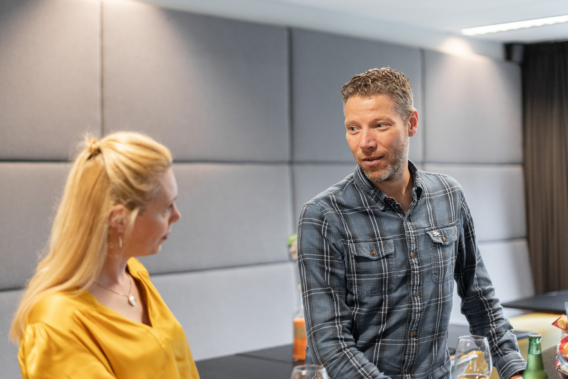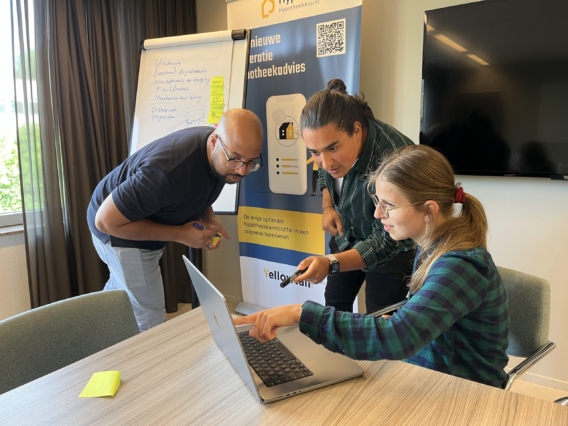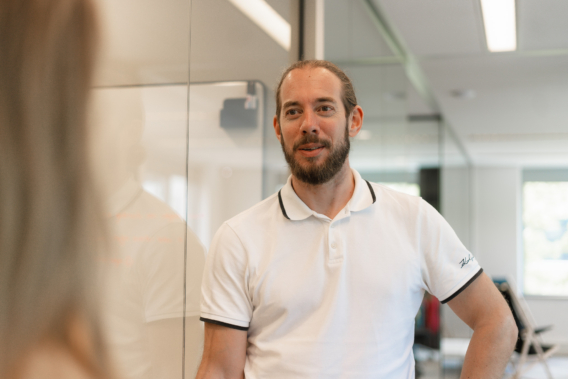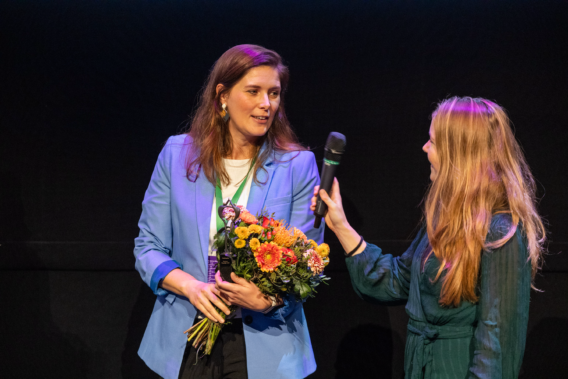Two worlds, one team
Wouter: “With DevOps, two worlds come together, each with its own way of thinking and working. We have created a culture in which developers and operational managers feel that they form one team together. Everyone knows what the other does and we speak each other’s language. This transparency means that we can quickly respond to the wishes of our customers. Adjustments can now be made within a short time. This is necessary, because developments in the pension, asset and mortgage domain are moving quickly. And our customers want to keep up with that. With DevOps, we make that possible. It is always great to see that.”
Fixed within six weeks
Ravian: “A good example of this is MyLife, a digital financial planning platform from Yellowtail Conclusion that gives consumers insight into their financial situation. For example, if they want to work less or retire earlier. One of our customers wanted to make the data from MyLife available to financial advisors with the permission of their customers, so that they can advise their customers on how they can stop working earlier, for example. To make this possible, quite a few changes were needed in the software. On the front end, with new screens and pages, and also on the back end, with a link to the Figlo advisory platform.” Wouter: “In such a situation, you can clearly see the added value of DevOps. The team of operational managers creates user stories on the basis of which the developers get to work. Every change made by the development team is immediately visible in the test environment. Within two weeks, they had implemented the necessary adjustments for MyLife. Then everything was automatically transferred to the acceptance environment. Here, the customer could experiment and provide feedback. This rather drastic change therefore had a lead time of less than six weeks. Thanks to DevOps, our customer was able to get started quickly.”
Little chance of errors
Wouter: “The fact that we can continue to develop so quickly and efficiently is partly due to the fact that we have automated many steps using pipelines. These pipelines cover the entire process, from getting code on a test environment to rolling out the website to production. I think putting these pipelines together is incredibly rewarding work. It not only makes the process faster, but also extra reliable. If you do things manually, the chance of errors creeping in is many times greater.” Ravian: “The developers write code. When it is ready to be shared and tested, the people from operational management take over. They release the code to a real website and then monitor and manage it. This then results in new requests or improvements, and the developers then write code for that. This DevOps lifecycle is an iterative, infinite process with which we help our customers to continuously develop and improve their services. That is why we are so enthusiastic about it. And so are our customers.”
A release every month
Wouter: “With our DevOps approach, we also provide building blocks for Umbraco, a content management system (CMS) that a number of our customers use. For example, if the customer wants a contact form, we write the code, which automatically goes via the pipeline to the test environment and then to the acceptance environment. For one of our customers, we do a release every month with which they optimize their content, for example with interactive videos. We create the integrations for this, again according to the DevOps lifecycle. That works extremely efficiently.”
Multiple environments? No problem
Ravian: “Our team also sets up cloud environments according to the principle of ‘infrastructure as code (IaC)’. This means that you define and manage infrastructure using code. The advantage of this is that a change that has been made can be implemented quickly on all environments within the organization. Suppose the policy changes, which reduces the retention period of data from 180 to 90 days. Then you only have to adjust the code once and it applies to all environments at the same time. The change is immediately visible and the chance of errors is virtually zero. DevOps also provides extra certainty.”
Still a lot to come
Ravian: “Wouter and I work on the dividing line between ‘Dev’ and ‘Ops’. We interact with both parties and with the customer. You are always solving small puzzles and then you automate them. Bringing together all the wishes with the right expertise, that makes me very happy.” Wouter: “DevOps is becoming increasingly mature and the processes are getting better and better. The more you automate, the more time you have for further development of your services. There really is still a lot of great things to come in this area.”



















